Modern Raman Spectroscopy —— A Practical Approach
----- 现代拉曼光谱:实用方法
Preface. Acknowledgements. CHAPTER 1: INTRODUCTION, BASIC THEORY AND PRINCIPLES. 1.1 Introduction. 1.2 Basic Theory. 1.3 Molecular Vibrations. 1.4 Summary. CHAPTER 2: THE RAMAN EXPERIMENT - RAMAN INSTRUMENTATION, SAMPLE PRESENTATION, DATA HANDLING AND PRACTICAL ASPECTS OF INTERPRETATION. 2.1 Introduction. 2.2 Choice of Instrument. 2.3 Visible Excitation. 2.4 NIR Excitation. 2.5 Raman Sample Preparation and Handling. 2.6 Sample Mounting Accessories. 2.7 Microscopy. 2.8 Calibration. 2.9 Data Handling, Manipulation and Quantitation. 2.10 Approach to Qualitative Interpretation. 2.11 Summary. CHAPTER 3: THE THEORY OF RAMAN SPECTROSCOPY. 3.1 Introduction. 3.2 Absorption and Scattering. 3.3 States of a System and Hooke's Law. 3.4 The Nature of Polarizability and the Measurement of Polarization. 3.5 The Basic Selection Rule. 3.6 Number and Symmetry of Vibrations. 3.7 Symmetry Elements and Point Groups. 3.8 The Mutual Exclusion Rule. 3.9 The Kramer Heisenberg Dirac Expression. 3.10 Lattice Modes. 3.11 Conclusions. CHAPTER 4: RESONANCE RAMAN SCATTERING. 4.1 Introduction. 4.2 Theoretical Aspects. 4.3 Practical Aspects. 4.4 Examples of the Use of Resonance Raman Scattering. 4.5 Conclusions. CHAPTER 5: SURFACE-ENHANCED RAMAN SCATTERING AND SURFACE-ENHANCED RESONANCE RAMAN SCATTERING. 5.1 Introduction. 5.2 Theory. 5.3 Electromagnetic and Charge Transfer Enhancement. 5.4 Selection Rules. 5.5 Applications of SERS. 5.6 Applications of SERRS. 5.7 The Basic Method. CHAPTER 6: APPLICATIONS. 6.1 Introduction. 6.2 Inorganics and Minerals. 6.3 Art and Archaeology. 6.4 Polymers and Emulsions. 6.5 Colour. 6.6 Electronics Applications. 6.7 Biological and Pharmaceutical Applications. 6.8 Forensic Applications. 6.9 Plant Control and Reaction Following. 6.10 Summary. CHAPTER 7: MORE ADVANCED RAMAN SCATTERING TECHNIQUES. 7.1 Flexible Optics. 7.2 Tuneable Lasers, Frequency Doubling and Pulsed Lasers. 7.3 Spatially Resolved Systems. 7.4 Nonlinear Raman Spectroscopy. 7.5 Time Resolved Scattering. 7.6 Raman Optical Activity. 7.7 UV Excitation. 7.8 Conclusions. Index.
{{comment.content}}
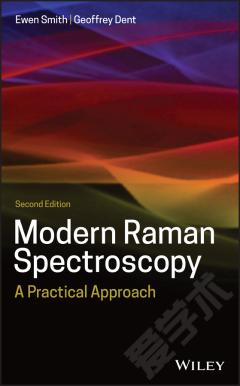
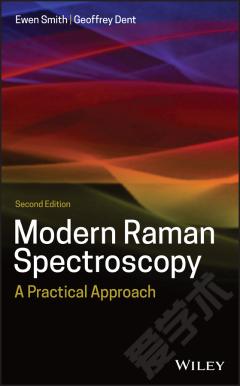
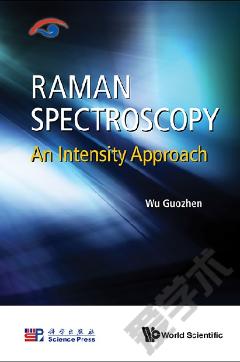


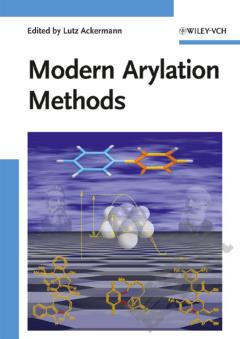
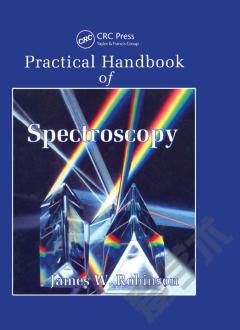

 京公网安备 11010802027623号
京公网安备 11010802027623号